
I’m a postdoctoral researcher at Harvard University. I received PhD in Computer Science and Engineering from Seoul National University with the supervision of Dr. Jinwook Seo at the Human—Computer Interaction Lab.
I’m an interdisciplinary researcher focusing on human-centered biomedical data visualization. My postdoctoral research has focused on building visualization tools to help a broad range of people interact with complex and large-scale biomedical data, including genomics, epigenomics, and electric health records (EHR) data.
My foundational work is Gosling, a grammar-based visualization toolkit for genomics data (see Nature’s Technology Feature), which enables flexible creation of interactive visualizations (online editor). One of its strengths is supporting bidirectional user interactions when embedded in applications. This enabled us to build AI/ML-based interactive visualization tools (VIS, CHI, VIS Short), visual analytics tools for large-scale cancer genomics data (Nature Methods, Bioinformatics), recommendation systems (VIS), and many more.
I have been closely collaborating with diverse biomedical experts. One of my collaborative projects focused on visualizing site-level and patient-level electronic health records (EHR) data of COVID-19 treatment that helped with quality control, hypothesis formalization, and communication (Consortium for Clinical Characterization of COVID-19 by EHR).
Research I led received several major academic awards, including NIH K99/R00 Pathway to Independence Award, Best Paper Honorable Mention (Top 5%) at IEEE VIS 2024, and Best Abstract Award (Top 1) at ISMB BioVis 2021.
Latest News
- (June 25, 2025) Our paper on Life Sciences Data Accessibility has been accepted at Nature Scientific Reports and another paper on beta-cell senescence accepted at Nature Experimental & Molecular Medicine!
- (March 01, 2025) I am serving as Program Committees for full papers at IEEE VIS 2025 and VisNotes at IEEE PacificVis 2025.
- (January 24, 2025) Our workshop on Assessing and Enhancing Digital Accessibility of Biological Data and Visualizations has been accepted at ISMB 2025!
- (November 03, 2024) Our comprehensive accessibility evaluation has been published as an preprint!
- (October 31, 2024) Our paper on AltGosling for making genomics data visualization accessible has been accepted at Oxford Bioinformatics!
- (October 28, 2024) Chromoscope has been integrated into cBioPortal—one of the most widely used data portals for cancer genomics!
- (September 01, 2024) I am deeply honored to receive the 🏆 NIH K99/R00 Pathway to Independence Award!
- (August 11, 2024) Our paper on Blended Interfaces received 🏆 Best Paper Honorable Mention at IEEE VIS 2024!
- (August 10, 2024) Two workshop papers have been accepted at IEEE VIS 2024/1st Workshop on Accessible Data Visualization!
- (July 26, 2024) Two full papers on visualization authoring have been accepted to IEEE VIS 2024!
Media Coverage
 Nature (TECHNOLOGY FEATURE)
Nature (TECHNOLOGY FEATURE)
Powerful 'grammar' allows geneticists to display their data in interactive and scalable illustrations.
"Postdoc Sehi L’Yi, who led Gosling’s development, says that what differentiates Gosling from other visualization tools is its expressiveness. With most tools, he says, the graphics that can be made and what they will look like are predefined. ‘It is really not easy to customize visualizations as a user.’ But with Gosling, users can, for instance, specify the colour, dimensions and placement of the symbol used to represent a centromere or genomic interval, then overlay that on an ideogram of a chromosome to highlight a region of interest."
|
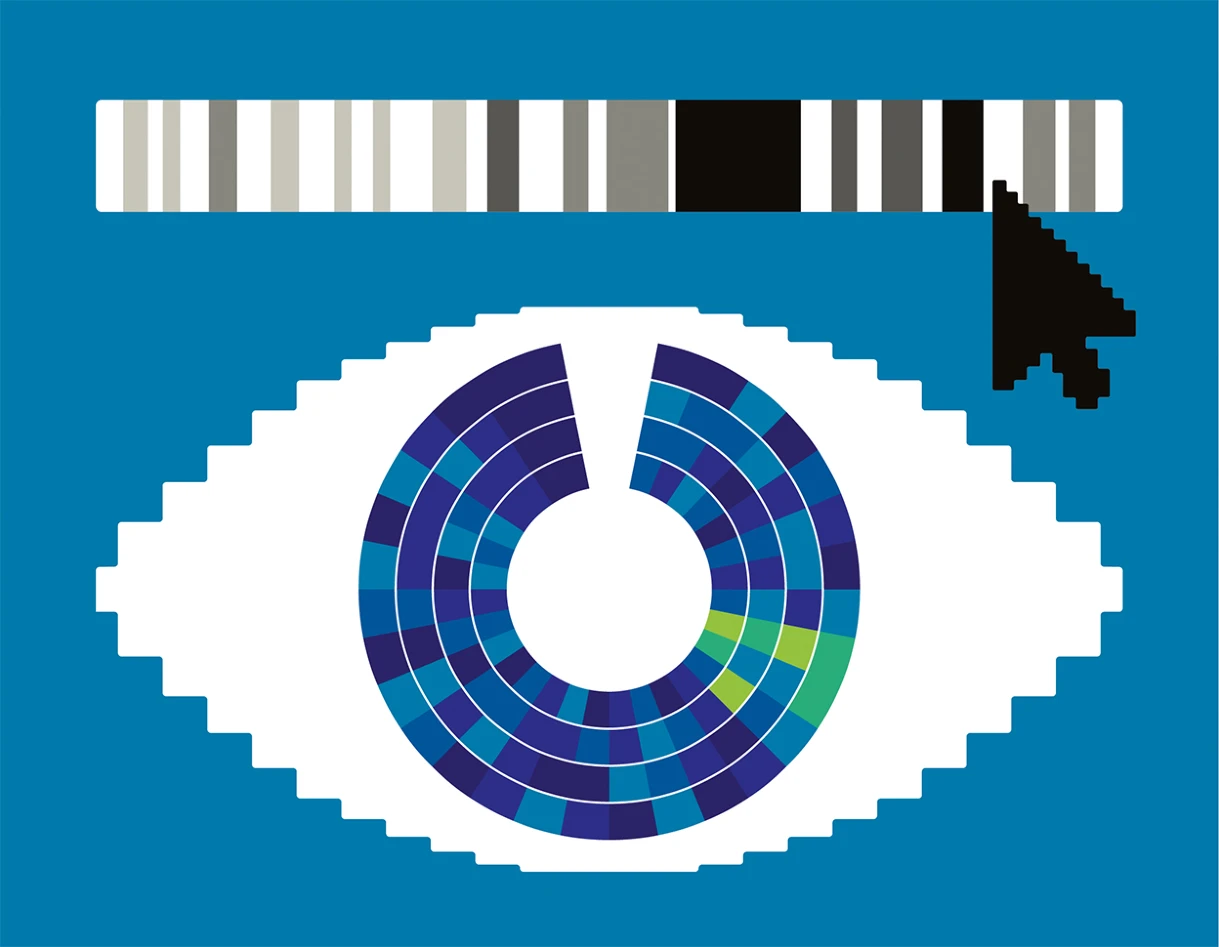
|
Research Themes
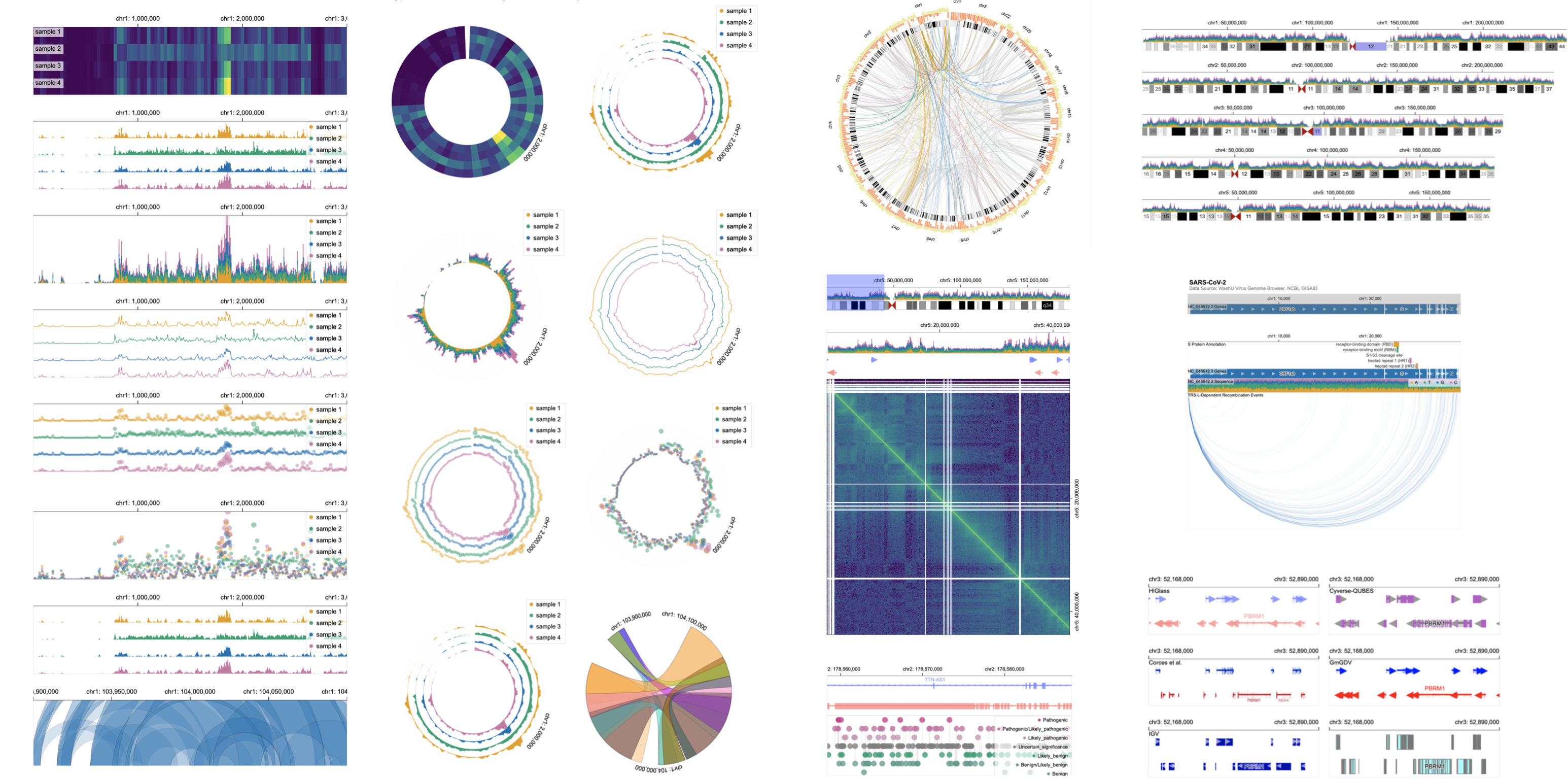
VIS 2021 / VIS 2022 / VIS Short 2022 / Bioinformatics 2023 / OSF Preprints 2025 /
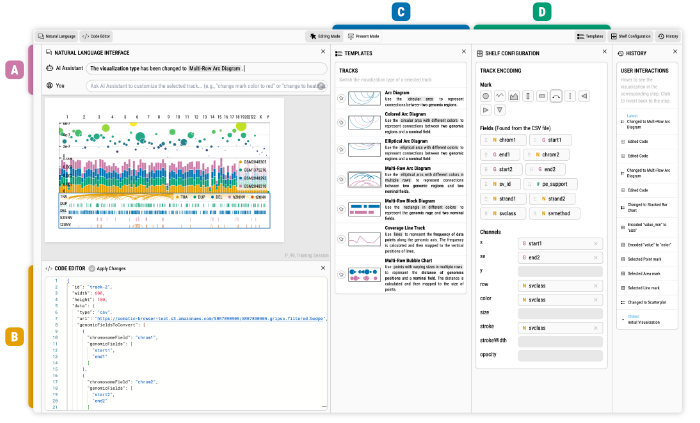
VIS Short 2023 / VIS Short 2023 / VIS 2024 / VIS 2024 / OSF Preprints 2025 /
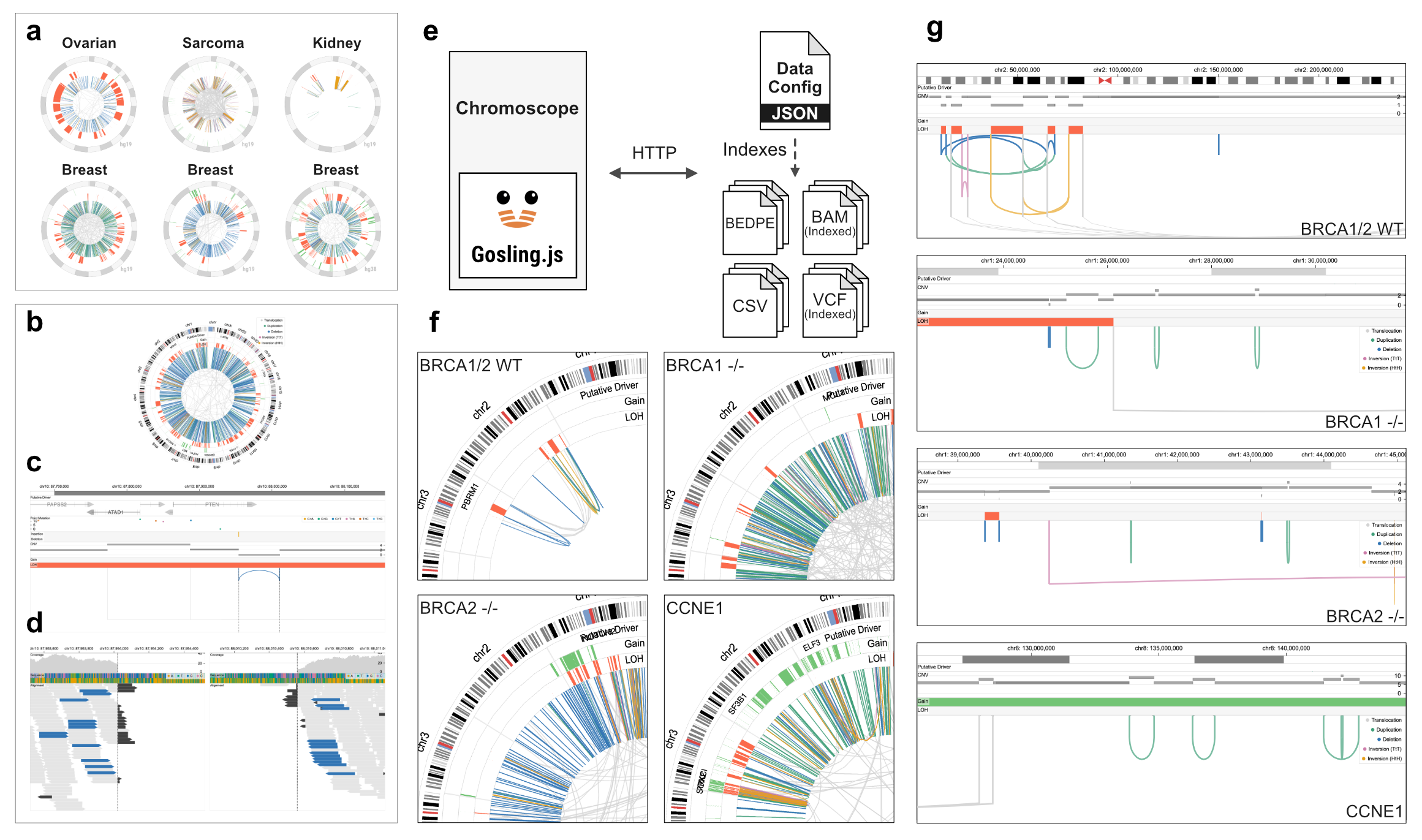
Nature Methods 2023 / Bioinformatics 2023 / CHI 2023 / Nucleic Acids Research 2024 /

Bioinformatics 2024 / Nature Scientific Reports 2025 /
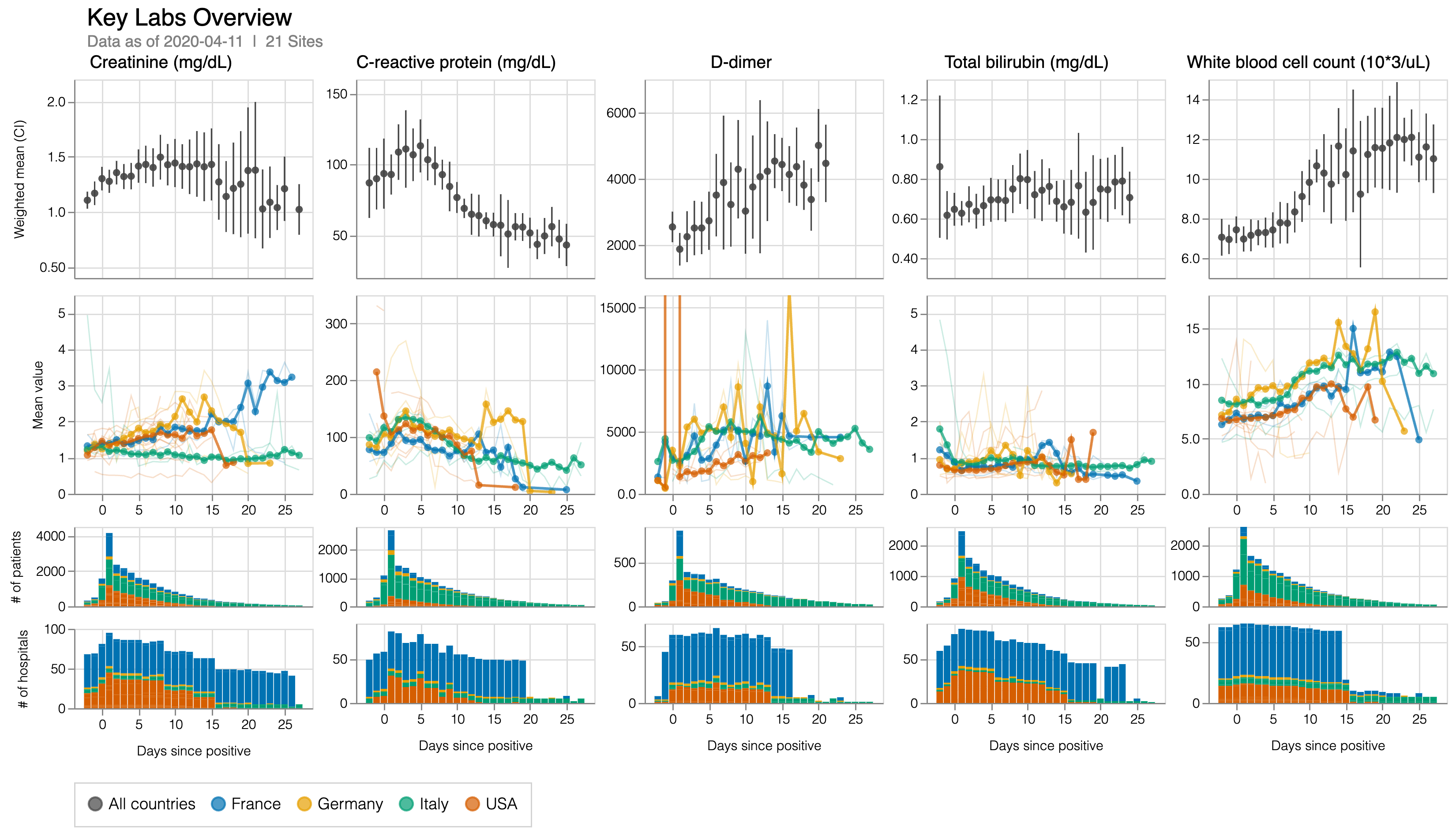
npj Digital Medicine 2020 / Journal of Medical Internet Research 2021 / npj Digital Medicine 2022 / npj Digital Medicine 2022 / Nature Medicine 2023 /
Featured Publications [see more]
|
IEEE Transactions on Visualization and Computer Graphics (TVCG) (Proc. VIS) (2024)
23.2% acceptance rate
🏆 Best Paper Honorable Mention
|

|
|
IEEE Transactions on Visualization and Computer Graphics (TVCG) (Proc. VIS) (2024)
23.2% acceptance rate
|

|
|
Nature Methods (2023) 20, 1834–1835
|

|
|
IEEE Transactions on Visualization and Computer Graphics (TVCG) (Proc. IEEE VIS '22) (2022) 29(1), 559-569
26.5% acceptance rate
|
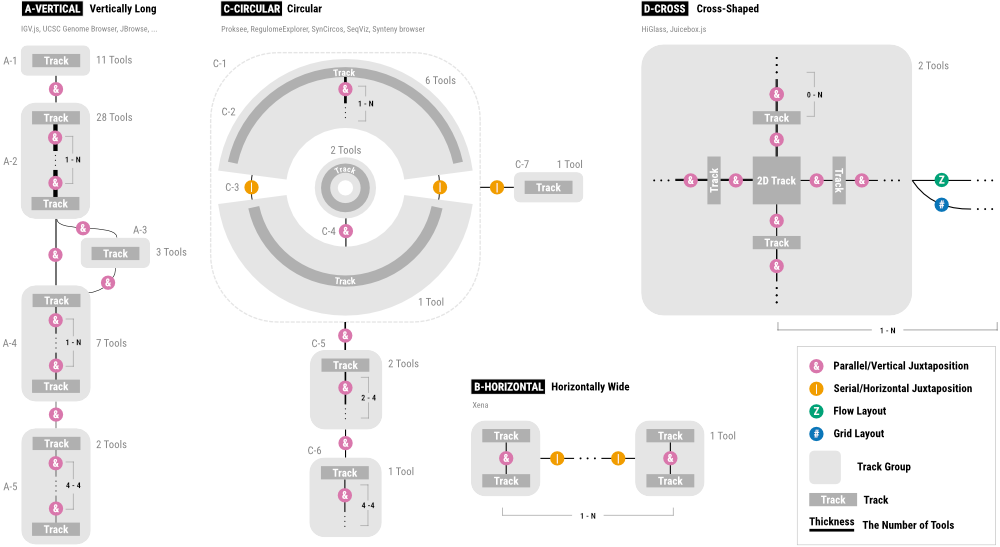
|
|
IEEE Transactions on Visualization and Computer Graphics (TVCG) (Proc. IEEE VIS '22) (2022) 29(1), 570-580
26.5% acceptance rate
🏆 IEEE InfoVis Best Poster Award
|
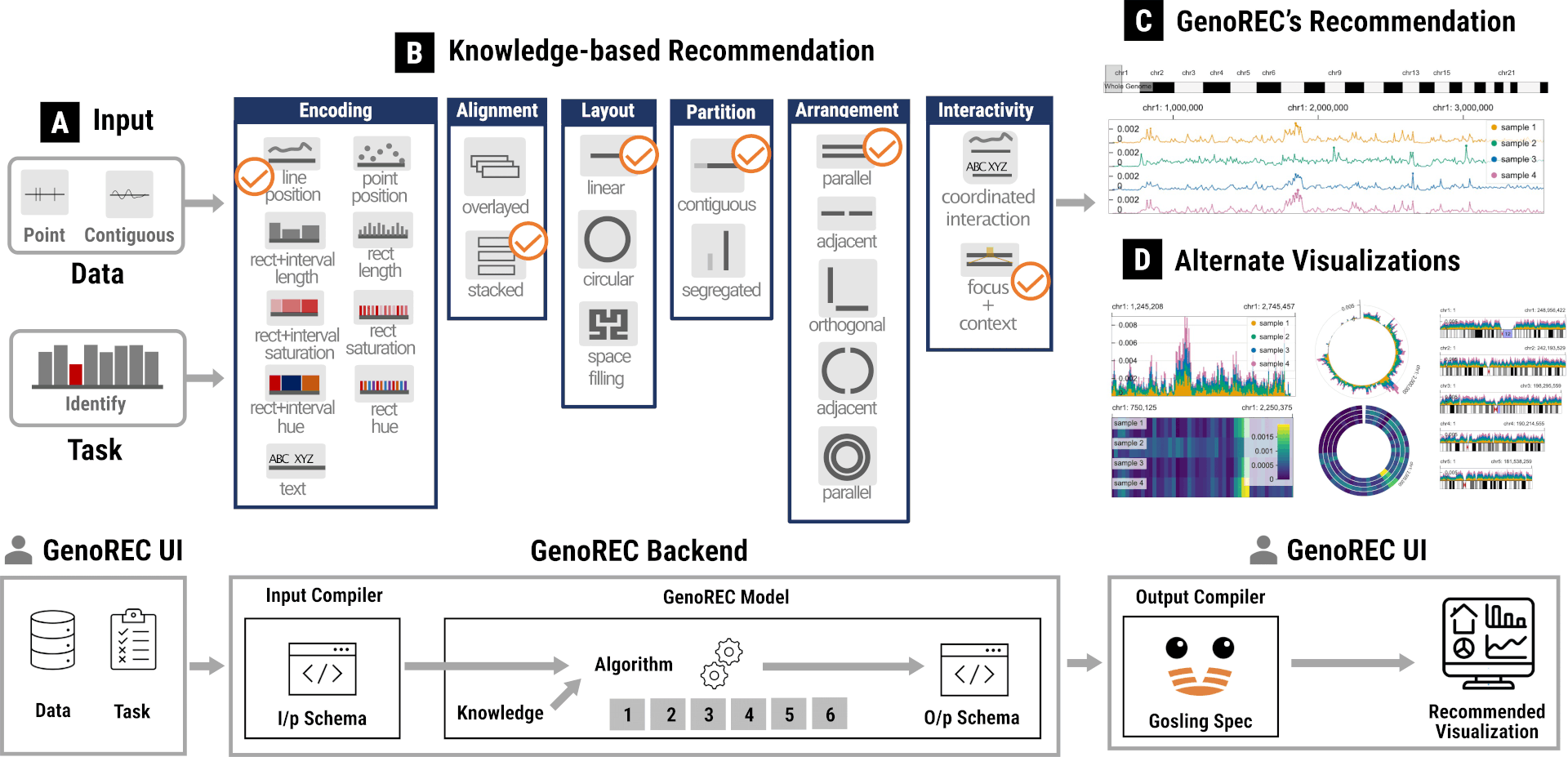
|
|
IEEE Transactions on Visualization and Computer Graphics (TVCG) (Proc. IEEE VIS '21) (2021) 28(1), 40-150
25.8% acceptance rate
🏆 ISMB/ECCB BioVis Best Abstract Award
|

|